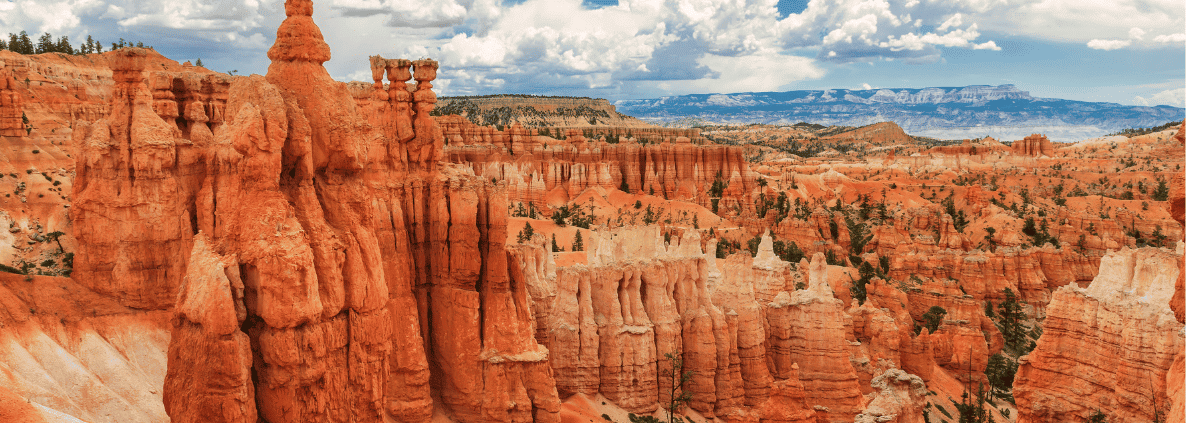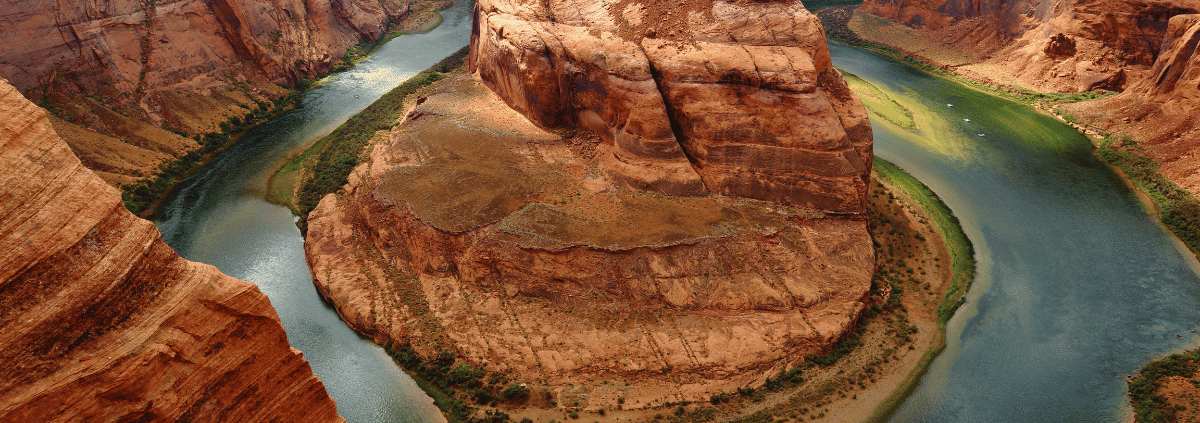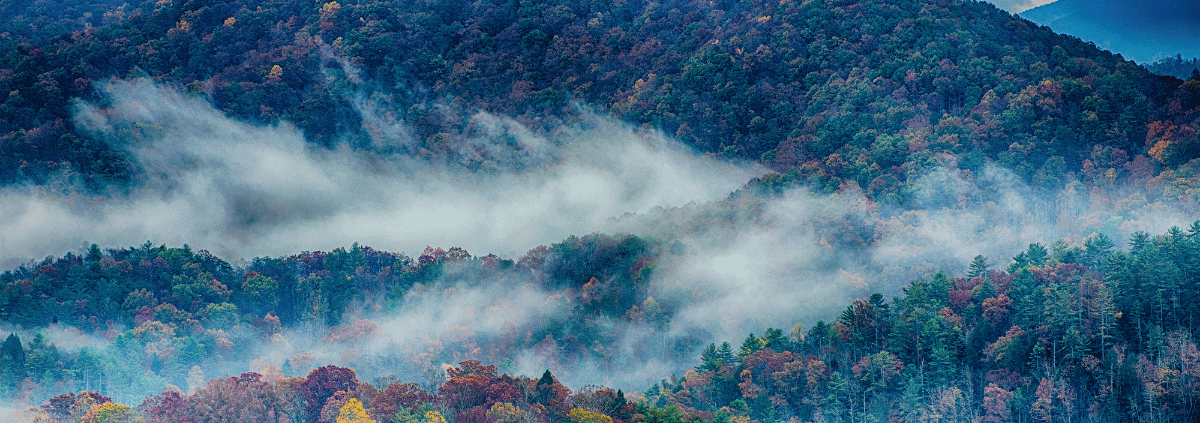Are you torn between Bryce Canyon and Zion National Parks, like a hiker at a fork in the trail? In 2024, both parks beckon with their awe-inspiring landscapes and natural wonders. This comparison will help you decide which park aligns with your preferences and interests.
Delve into detailed insights on attractions, activities, and practical tips for an unforgettable adventure. Whether you seek solitude in otherworldly hoodoos or crave the grandeur of towering red cliffs, understanding the distinctions between Bryce Canyon and Zion will empower you to make the most of your visit.
So, let’s dive into the data and uncover which park best suits your 2024 travel aspirations.
Key Takeaways
- Bryce Canyon is known for its hoodoos, while Zion is famous for its towering cliffs and narrow canyons.
- Bryce Canyon is less crowded compared to Zion, offering a more peaceful experience.
- Zion National Park is more popular and attracts a larger number of visitors compared to Bryce Canyon.
- Both parks offer a variety of outdoor activities and stunning natural landscapes.
Park Overviews
If you’re seeking a breathtaking natural experience in 2024, one of these two national parks in the Southwest USA could be your ideal destination.
Bryce Canyon offers the iconic Rim Trail, perfect for leisurely walks amidst the stunning hoodoos, spires, and arches. For a more challenging hike, the Navajo Loop and Queens Garden Trail provide an immersive experience in the park’s unique geological formations.
On the other hand, Zion National Park boasts the adventurous Narrows hike, where you can trek through a narrow slot canyon. The park also offers scenic drives along the Zion-Mount Carmel Highway and the exhilarating Navajo Loop, providing diverse ways to explore its breathtaking landscapes.
Whether you prefer the tranquility of the Rim Trail or the thrill of The Narrows, both parks offer unparalleled natural beauty and freedom to explore at your own pace.
Unique Geological Formations
Explore the otherworldly hoodoos of Bryce Canyon and the towering cliffs of Zion to witness their unique geological formations up close.
Bryce Canyon’s hoodoos, tall skinny spires of rock, create a surreal and mesmerizing landscape. The park’s Queen’s Garden and Wall Street are geological highlights, showcasing the intricate formations sculpted by natural forces over time.
On the other hand, Zion’s geological marvels consist of colossal sandstone cliffs and narrow slot canyons, offering a completely different visual experience. The park’s diverse landscapes and geological wonders present a stark contrast to Bryce Canyon’s unique formations.
While Bryce Canyon showcases the intricacy of hoodoos and arches, Zion’s towering cliffs and canyons provide a different perspective on geological differences, offering visitors an extraordinary opportunity to witness contrasting geological landscapes within a relatively short distance.
Visitor Experience and Crowds
Compare the visitor experience and crowds at Bryce Canyon and Zion to determine which park suits your preferences.
Best Time to Visit
- Bryce Canyon: The park offers a more peaceful experience with fewer crowds, especially in the off-season or early mornings. Cooler weather makes it a great destination during hot summer months.
- Zion: To avoid the larger crowds, plan your visit in the shoulder seasons of spring or fall.
Impact of Tourism on the Parks
- Bryce Canyon: Less crowded, offering a more serene experience and minimizing the impact of tourism on the park’s environment.
- Zion: Popular and attracts larger crowds, leading to potential environmental impact.
Visitor Experience
- Bryce Canyon: Enjoy breathtaking sunrise and sunset views, suitable for families with young children, and offers nighttime ranger programs for kids.
- Zion: Diverse outdoor activities, including challenging hikes and a shuttle system for families, but may be less suitable for families with young children due to longer and more difficult hikes.
Outdoor Activities
To make the most of your visit, consider engaging in hiking, rock climbing, and canyoneering at both Bryce Canyon and Zion National Parks. Both parks offer a plethora of adventure sports and wildlife spotting opportunities.
In Bryce Canyon, you can explore trails below the rim among the famous hoodoos, with recommended hikes like Tower Bridge for its beauty and fewer crowds.
Zion, on the other hand, offers trails along the floor or on the walls of Zion Canyon, with popular hikes such as Angels Landing and The Narrows known for their challenge and popularity. Zion’s diverse outdoor activities also include rock climbing, canyoneering, and mountain biking.
Bryce Canyon is celebrated for its cooler weather, making it an ideal destination for outdoor enthusiasts during hot summer months. Both parks provide exceptional opportunities to experience the natural beauty of the Southwest, whether you’re an experienced adventurer or a beginner.
Must-See Attractions
To experience the highlights of Bryce Canyon and Zion National Parks, prioritize visiting the top must-see attractions that define the unique beauty of each park.
Bryce Canyon National Park
- Marvel at the best viewpoints at Sunrise Point, Sunset Point, and Inspiration Point for breathtaking sunrise and sunset views.
- Explore the hidden gems of the park by hiking the iconic Navajo Loop and Queens Garden Trail to witness the stunning hoodoos up close.
- Take a scenic drive on the Bryce Canyon Scenic Drive to admire the diverse landscapes and rock formations from various overlooks.
Zion National Park
- Challenge yourself with the best viewpoints at Angels Landing, offering stunning panoramic views from its summit.
- Discover the hidden gems of Kolob Canyons, where you can explore the lesser-known but equally beautiful landscapes.
- Admire the towering cliffs, canyons, and waterfalls of Zion Canyon, offering unparalleled views and photo opportunities.
Hiking Trails
Explore the diverse hiking trails in Bryce Canyon and Zion National Parks to experience the unique natural beauty of each park’s landscapes. Below are some recommended trails with the best viewpoints and varying difficulty levels:
| Park | Trail | Best Viewpoints | Difficulty Level |
|---|---|---|---|
| Bryce Canyon | Navajo Loop | Sunset Point, Thor’s Hammer | Moderate |
| Bryce Canyon | Queens Garden | Queen’s Garden, Wall Street | Easy-Moderate |
| Bryce Canyon | Tower Bridge | Tower Bridge, Sinking Ship | Moderate |
| Zion | Angels Landing | Scout Lookout, Angels Landing Summit | Strenuous |
| Zion | The Narrows | Wall Street, Orderville Gulch | Strenuous |
| Zion | Observation Point | Echo Canyon, Observation Point Summit | Strenuous |
Bryce Canyon’s trails offer captivating views of hoodoos, while Zion’s trails showcase towering cliffs and narrow canyons. Consider the difficulty levels when choosing a trail to ensure an enjoyable hiking experience.
Nighttime Experiences
When visiting Bryce Canyon and Zion, be sure to experience the captivating nighttime ranger programs and stargazing opportunities offered in both parks.
Here are some nighttime experiences you shouldn’t miss:
Best Spots for Stargazing:
- Bryce Canyon: The park’s high elevation and minimal light pollution make it an ideal location for stargazing. The Bryce Amphitheater and Rainbow Point offer stunning views of the night sky.
- Zion: Head to the Canyon Overlook Trail for breathtaking stargazing opportunities. The park also hosts occasional stargazing events led by knowledgeable rangers.
Nighttime Photography Opportunities:
- Bryce Canyon: Capture the otherworldly hoodoos under the Milky Way at locations like Sunset Point or Bryce Point.
- Zion: The Watchman Trail provides excellent opportunities for capturing the park’s iconic rock formations against the starry night sky.
Make the most of your visit by immersing yourself in the enchanting nighttime experiences each park has to offer.
Practical Information and Tips
When planning your visit to Bryce Canyon and Zion, ensure that you are well-prepared with practical information and tips for a smooth and enjoyable experience. The shuttle system in Zion provides easy access to main trailheads, while Bryce Canyon is easier to navigate. Both parks require a $35 7-day pass for entry, with individual tickets available for pedestrians or cyclists at $20. Consider purchasing the America the Beautiful annual pass for $80, granting access to all national parks for a year. For families with young children, Bryce Canyon is recommended, offering flat and short walks along the Rim Trail with stunning views. Zion, with its more challenging hikes, is suitable for families using the shuttle system. Below are some recommended hikes for beginners:
| Park | Recommended Hikes |
|---|---|
| Bryce Canyon | Tower Bridge |
| Zion | Angels Landing, The Narrows |
Family-Friendly Features
Consider the amenities and activities designed for families when planning your visit to Bryce Canyon and Zion.
When it comes to family-friendly features, both Bryce Canyon and Zion offer a range of options to cater to visitors of all ages. In Bryce Canyon, families can enjoy the flat and short walks along the Rim Trail, providing stunning views suitable for young children. Additionally, the park offers engaging nighttime ranger programs designed specifically for kids.
In Zion, the shuttle system makes it easier for families to access the main trailheads, and while the hikes may be longer and more challenging, there are still kid-friendly options available. Families can explore the towering cliffs and waterfalls of Zion Canyon, making it an adventure for everyone.
Bryce Canyon: Rim Trail for flat and short walks with stunning views.
Bryce Canyon: Engaging nighttime ranger programs for kids.
Zion: Shuttle system for easy access to main trailheads.
Planning Your Visit
To plan your visit to Bryce Canyon and Zion in 2024, consider the park’s regulations and guidelines for preserving the natural environment. Both parks offer designated campgrounds for overnight stays, providing an immersive experience in the heart of these breathtaking landscapes. Additionally, understanding the best time to visit is crucial for an enjoyable experience. Below is a helpful guide to assist in planning your trip:
| Best Time to Visit | Camping Options |
|---|---|
| Spring and Fall | Bryce Canyon National Park offers two campgrounds, while Zion National Park has three campgrounds and a limited number of RV spots. |
| Early morning or late afternoon for cooler temperatures and reduced crowds | Backcountry camping is also available for experienced adventurers looking for a more rugged experience. |
Exploring the Region
Discover the unique natural beauty and diverse outdoor activities that the Southwest region offers, including river rafting and off-roading. When exploring the region around Bryce Canyon and Zion, immerse yourself in the rich cultural heritage of the Native American tribes and take advantage of the nearby attractions.
Cultural Heritage: Engage with the history and traditions of the Southwest’s Native American tribes through guided tours and interactive exhibits at nearby cultural centers.
Nearby Attractions: Visit other national parks, such as the Grand Canyon and Arches, to experience the diverse landscapes and geological wonders that the region has to offer.
Outdoor Adventures: Embark on thrilling river rafting excursions in the region’s scenic canyons, or challenge yourself with off-roading adventures through the rugged terrain for an adrenaline-pumping experience.
Immerse yourself in the unique cultural tapestry and outdoor wonders that make the Southwest region an unparalleled destination for adventure seekers and nature enthusiasts alike.
Frequently Asked Questions
Are There Any Special Events or Festivals Held in Bryce Canyon or Zion in 2024?
In 2024, both Bryce Canyon and Zion offer special events and festivals. Bryce Canyon hosts the Astronomy Festival, while Zion features the Springdale Folk Festival. These events enhance visitor experiences, adding cultural and educational dimensions to your national park adventures.
What Are the Best Spots for Stargazing in Bryce Canyon and Zion?
For the best stargazing spots and ideal photography locations in Bryce Canyon and Zion, head to Bryce Point and Canyon Overlook Trail respectively. Both offer stunning night skies and captivating celestial displays, perfect for capturing breathtaking photographs.
Are There Any Wildlife Spotting Opportunities in Bryce Canyon and Zion?
For wildlife photography, both Bryce Canyon and Zion offer great opportunities. Explore nature trails in Bryce Canyon to spot mule deer and birds. In Zion, look for bighorn sheep and wild turkeys while hiking. Enjoy capturing the beauty of nature!
Can Visitors Bring Their Pets to Bryce Canyon and Zion?
Yes, both Bryce Canyon and Zion National Parks offer pet friendly accommodations and pet hiking trails. It’s essential to review park regulations and guidelines beforehand. Consider the pet’s comfort and safety while enjoying the natural beauty.
Are There Any Guided Tours or Educational Programs Available for Visitors in Bryce Canyon and Zion?
You can join guided tours to delve into the park’s history and natural wonders. Educational programs offer insights into the unique geology and wildlife. Both Bryce Canyon and Zion provide enriching experiences for curious adventurers.
Conclusion
So, which is better in 2024, Bryce Canyon or Zion?
The answer ultimately depends on your preferences and interests.
Both parks offer unique geological formations, outdoor activities, and must-see attractions.
Consider the visitor experience, crowds, and practical tips for each park as you plan your trip.
Whether you’re a hiker, nature enthusiast, or family looking for adventure, exploring the Southwest USA in 2024 will surely be an unforgettable experience, no matter which park you choose.



